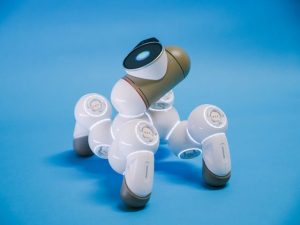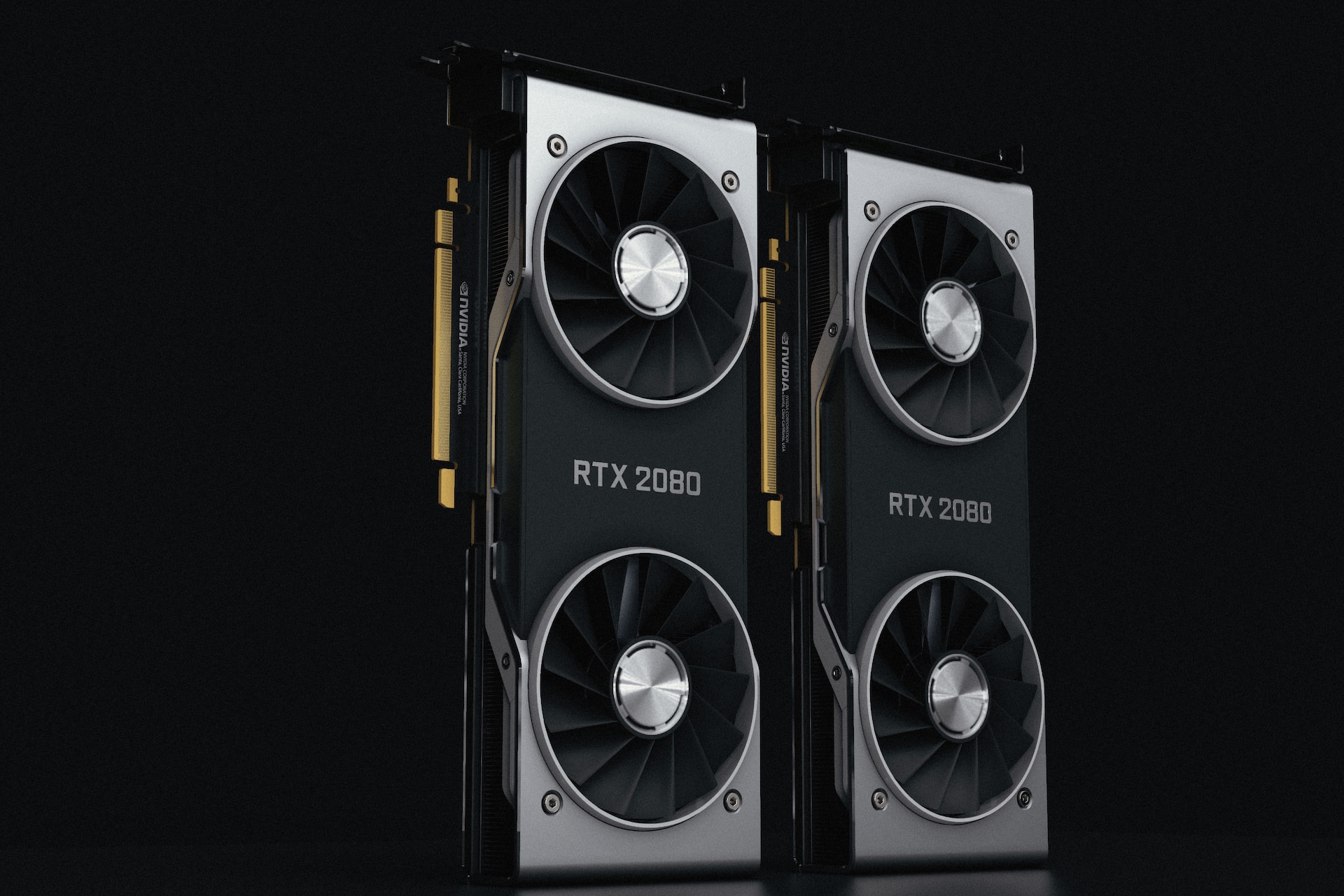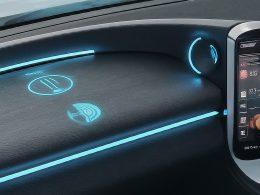As technology continues to advance at a rapid, one of the fields that have seen the most significant transformation is healthcare. Among the series of technological advancements, the incorporation of robotics is significantly shaping the future of medicine. This extensive review aims to delve into the various aspects of robotics, the role they’re playing in transforming healthcare, and the promising future they hold.
Unveiling Robotics in Healthcare

Robotics is an amalgamation of engineering, science, and technology and involves the design, construction, and application of. But what are robots? These are programmable machines that can carry out complex series of actions automatically. In the medical field, powered by intel, robots extend their role beyond just surgical assistance, playing an integral part in numerous healthcare services and significantly improving patient care and safety.
Robots initiated their journey in the medical field back in the ’80s, providing surgical assistance with the help of robotic arm technologies. As technology developed, artificial intelligence (AI), computer vision, and data analytics transformed the role of medical robots, extending their capabilities into many other crucial areas of healthcare. Today, robots are not only used in the operating room but also in clinical settings to support healthcare workers and enhance patient care.
The Transformative Impact of Robotics in Healthcare
Medical robots have proven to be an invaluable tool in the healthcare sector, offering significant aid in surgical interventions, automating routine tasks, improving patient care, and offering numerous benefits.
High-Quality Patient Care
Robotic technology has significantly transformed patient care. Robots assist in minimally invasive surgeries, which is less painful, reduces the risk of infection, and provides quicker recovery for the patient. They enable frequent monitoring for patients with chronic diseases. Prescribed therapies can become intelligent, personalized, and promptly adaptive to patient’s needs.
Even in the eldercare sector, robots play a pivotal role. They engage socially with elderly patients, providing companionship and helping them with a myriad of tasks. Furthermore, with robots tasked to manage a significant share of the workload, nurses and caregivers can devote more time to their patients, undisturbed by routine chores. As a result, patients receive more empathy and human interaction, promoting their mental well-being.
Efficient Clinical Workflow
Through the employment of Autonomous Mobile Robots (AMRs), routine and monotonous tasks are carried out more efficiently. These robots can track inventory, place timely orders for supplies, equipment, and medication, and even prep patient rooms independently for incoming patients, thereby reducing the physical workload on healthcare workers.
Ensuring Safety
Robots play a critical part in maintaining a safe environment within healthcare institutions. AMRs transport supplies and linens within hospitals, significantly reducing the risk of potential pathogen exposure. Cleaning and disinfection robots not only sanitize hospital rooms swiftly but also reduce the risk of hospital-acquired infections.
The Revolutionary Union of AI and Robotics in Surgeries
The combination of AI and robotics brings about precision in surgical interventions. Many procedures once deemed complex or risky are now made safer and more accurate.
Robotic assistance has made surgeries more precise, reducing invasiveness and helping in quicker patient recovery. Additionally, AI provides surgical robots the functionality to identify different types of tissues within their field and help surgeons avoid critical organs during procedures.
The Advent of Autonomous Mobile Robots (AMRs)

AMRs are transforming the face of patient care services. With their ability to disinfect areas, ensure telepresence, and deliver medications, they create safer environments while allowing healthcare staff to spend more time on patient care.
AMRs have also exhibited their utility in pre-diagnostic services, such as obtaining medical histories and carrying out basic medical examinations.
The Futuristic Developments in Robotics and Healthcare
With rapidly advancing technologies like AI and machine learning and their convergence with data analytics and computer vision, the field of medical robotics stands to witness a sea of revolutionary changes. This fusion promises autonomous, efficient, and accurate execution of tasks, which will bring substantial relief to medical practitioners while improving patient care.
Collaborations between tech providers and researchers to explore the next generation of robotics solutions are already underway. Leaders like Intel are working tirelessly to support these innovations and discover new applications for AI and IoT technologies within the medical robotics field to solve some of the biggest challenges in healthcare.
Conclusion
The integration of robotics in healthcare has gone far beyond academic fascination and has evolved into an operational necessity in modern medicine. The benefits extend to patients, healthcare workers, and medical institutions at large, ensuring higher standards of care, increased safety and efficiency, and reduced costs. With the continuous advances in technology, robots are expected to become even more autonomous and accurate, pointing towards a promising future in medical healthcare where robotics will be at the forefront of innovation. As we navigate into this future, embracing this evolution becomes not just a choice but a necessity for the advancement of healthcare services.










